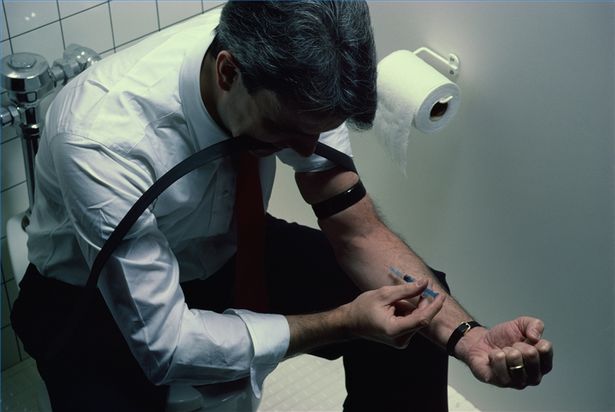NYC’s firefighters and emergency medical technicians will today (7/1/14) begin to administer a medication that has the ability to rescue individuals experiencing severe respiratory distress as a result of either a heroin or prescription opioid overdose.
For decades the United States “War on Drugs” has focused on law enforcement and criminal prosecution of drug dealers and (primarily) drug addicts as the solution to growing drug use. This “War on Drugs” strategy has led to an astronomical increase of prisoners in the United States along with almost no relief from the availability and destructive capacity of drugs like heroin, cocaine and meth.
In Black and Latino communities the government made it clear that the only “help” addicted love ones and neighbors would receive is a stint inside of a jail cell. For years Black and Latino community organizations have been calling for a switch from enforcement and prosecution to a strategy based on prevention and treatment but these pleas have fallen on the deaf ears of politicians who are afraid of looking “soft” on crime.
It is with this history in mind that we are able to see the racist logic behind the current push to begin treating addiction and substance abuse as a medical problem instead of a legal one.
The city has invested a lot of time and overtime pay training it’s employees in the use of this medication due to the resurgence of opiate medical emergencies over the last few years. According to the New York City Department of Health and Mental Hygiene, overdose deaths related to opioid-based prescription painkillers increased by 233% from 2000-2012 while heroin overdose deaths have increased by 84% over just the last few years.
Last month at a City Council hearing, NYC’s special narcotics prosecutor, Bridget Brennan, described the exponential increase in the the amount of heroin sold by New York City-based drug traffickers.
“So far we’ve seized 288 pounds (in 2014), and that’s in four and a half months—compared to last year, when during the entire year we seized about 177 pounds,” Brennan said. ” …Obviously, we’re going to surpass last year.” In fact it is reported that heroin seizures have already exceeded those in every year dating all the way back to 1991 when the city was experiencing roughly six murders a day that the news attributed to drug-related crimes in black and brown neighborhoods.
What is being glossed over by the corporate press is that this current surge of heroin seizures and fatal overdoses are centered primarily in suburban, white and middle-class neighborhoods. For instance, here in NYC the primarily white and Republican stronghold of Staten Island was the first to train police officers and fire fighters in the administration of Narcan (the anti-opioid medication). Staten Island District Attorney Dan Donovan said the potency of heroin has led to an overdose epidemic in his borough.
“We’re having an overdose death about one out of every five days on Staten Island,” Donovan said.
Now that the “epidemic” is primarily affecting middle-class white young men and women, the city’s police commissioner and politicians have sweetened up to the idea that addicts might just be people as well and not faceless monsters as they’ve been portrayed for years.
In fact, in a stunning about-face, the city’s top law enforcement official, Police Commissioner Bill Bratton, has gone on the record to say that more treatment resources should be offered to addicts.
“Arrests are not going to solve that person’s problem,” Bratton explained at a recent City Council hearing.
As an EMT, I am happy to see that my colleagues are finally being given the tools needed to give a second chance at life to the thousands of addicts found in our communities. However, it is an outrage to think that this change only came because it was not just affecting poor non-white neighborhoods but middle-class whites as well. Are our lives less precious just because we are Black, Brown or poor? From what we are seeing today it is clear that the people who run our government might just think so.






